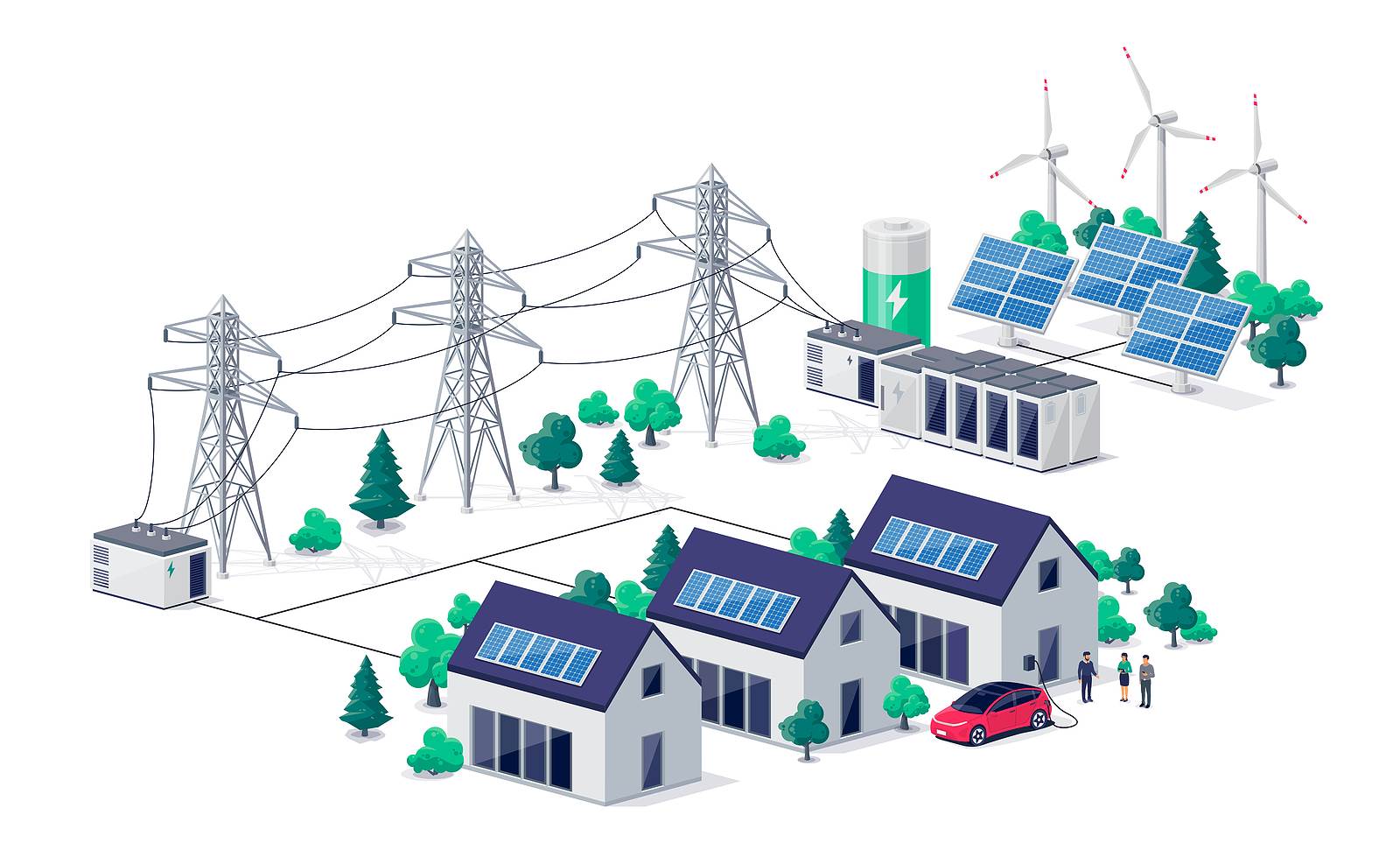
The introduction of renewable energy sources into local power grids often creates an unstable flow of power due to the nonsteady generation rates of renewables. This could adversely affect power distribution within the power grid, overpowering some portions while underpowering others. Neither is desirable for utility companies, nor for consumers of electric power. Therefore, it is necessary to compensate for these unstable power sources in a way that provides stable power.
An effective solution is to store the excess power generated by the renewable sources when they produce at rates that exceed demand, then feed it back into the power distribution grid when consumer demand exceeds the generation rates. Without this power-leveling capability, renewable sources would not be a viable option.
An innovative solution to this need for storage has been developed by Wärtsilä in its GridSolv Quantum battery energy storage system (BESS) enclosures. To best service utility owners’ requests for BESS installation projects, Wärtsilä and Shackelford General Contractors have teamed to offer best-in-class solutions. For these projects, Shackelford performs the site, structural and electrical design and construction, while Wärtsilä furnishes and maintains the electrical equipment. Shackelford has contracted with Hanson to perform civil and structural engineering services for these facilities.
The small footprint occupied by these installations presents unique site design challenges, including the need to maintain critical offsets between electrical equipment, fences, buildings and other features while keeping a compact yet maintainable installation. Other key considerations are the safety of the personnel using and maintaining the equipment, firefighting accommodations and vehicular access. Because these units are very heavy, a substantial crane is required to set them, and crane access and accommodation is a key component of site planning for BESS sites. Structural designs for the installations can be slabs on grade, deep foundations or strip foundations, depending on site-specific considerations.
The strength of this Wärtsilä-Shackelford-Hanson engineering, procurement and construction (EPC) team is in its ability to work effectively within all 50 states and develop appropriate and cost-effective solutions for any type of site or group of sites. With the power-leveling capability offered by Wärtsilä’s leading energy storage system and this EPC team, renewable sources can be used as a cost-effective and stable supplement to carbon-based power generation methods.
To learn more, contact Bill Meyer at bmeyer@hanson-inc.com.